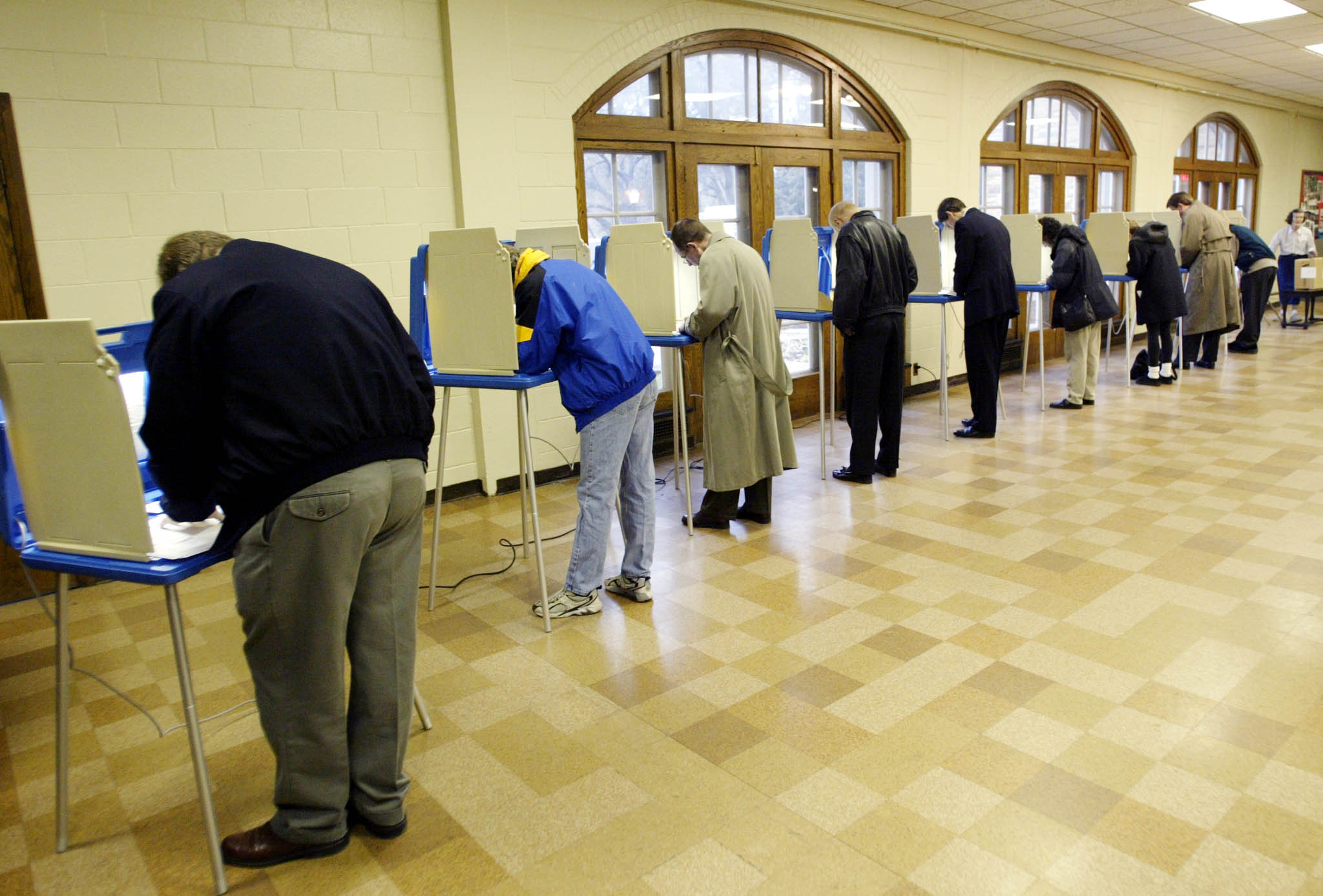A short history of campaign dirty tricks before Twitter and Facebook
In America today, outrageous lies, doctored videos, and impostors try to influence elections alongside legitimate news and direct campaign communications from would-be leaders. But dirty tricks are nothing new. While the medium may be different, the goals are as old as elections themselves. Thus it is fitting to begin working on the problem of defending democracy in the internet age by trying to understand the world of dirty tricks in the pre-internet age.
To do that, we should distinguish between dirty tricks and negative campaigning, including attack ads and contrast ads. The latter may be offensive but they are based on something that is true as opposed to something that is a wholesale fabrication. For instance, let’s take one of the most infamous ads from the 1988 presidential campaign pitting Vice President George H.W. Bush (R) against Governor Michael Dukakis (D): the Willie Horton ad. It has gone down in history as one of the more offensive and racially incendiary ads ever. Willie Horton, a black prisoner convicted of murder, was released on a prison furlough program in Massachusetts. While out on furlough he kidnapped a young couple, stabbed the man and raped the woman. The ad features a scary photo of Willie Horton and under a photo of Michael Dukakis it says “Allowed Murderers to have Weekend Passes.” The weekend furlough program was created in 1972 under a Republican Governor as the result of a court decision. Dukakis himself defended it.[1]
But both the program and Willie Horton were real. The circumstances surrounding the crime were accurately described, the visual image was true to life even if sensationalized, and there were numerous news stories attesting to the facts of the case.
Now compare this ad to an incident in the 2016 campaign where nothing
was real: Pizzagate. In the 2016 presidential campaign, social media
outlets spread the story referring to campaign manager John Podesta’s
hacked email accounts that his emails contained coded messages referring
to human trafficking and a child sex ring run by high-ranking members
of the Democratic Party, including Hillary Clinton. This activity was
allegedly based in a Washington, D.C. pizzeria called Comet Ping Pong.
The conspiracy theory spread quickly, promoted by various right-wing
websites and by the Russians. As the rumors grew so did harassment of
the owners and employees of the pizzeria, culminating in a shooting
incident by a North Carolina man who took it upon himself to come to
Washington and rescue the poor children.
Nothing about Pizzagate was real. There was no sex ring, no coded messages, and no children being held against their will at the pizza place. All the supposed “facts” spread in this story were completely fabricated. The incident illustrates how the difference between dirty tricks and negative campaigning is that dirty tricks are complete lies. The political journalist David Mark makes a similar distinction: “First, I want to distinguish negative campaigning—charges and accusations that, while often distorted, contain at least a kernel of truth—from dirty tricks or cheating.”[2]
To understand the world of dirty tricks it helps to understand their function in the context of an election. Elections are fought over a finite period of time—Election Day is the endpoint—and public interest increases as Election Day approaches. Unlike a dirty trick against a corporation, which might be remedied in time for a product to rebound, a dirty trick timed to occur before the election can have a definitive impact even if it is proven to be false. The ramifications can be enormous because U.S. elections cannot be re-run.
A brief summary of some of the dirty tricks in American elections shows that they tend to have the following objectives:
- create doubt around a candidate’s character;
- confuse the voters about the election;
- break into the opponent’s sphere and get information on them;
- affect the actual outcome by interfering with the counting process.
Candidate character
Sex has long been a favorite topic of the dirty trick.[3] In the early 1800’s politics was no less suffused with innuendo than today. Among the most salacious stories were those penned by the partisan journalist James Callender, who alleged in a series of articles that Thomas Jefferson had fathered several children with his young slave, Sally Hemings. For nearly two centuries this was held up as an early example of dirty campaigning. In 1998, thanks to DNA testing, it turned out that Thomas Jefferson had indeed fathered illegitimate children with his slave.
Read More Here: Brookings Edu






